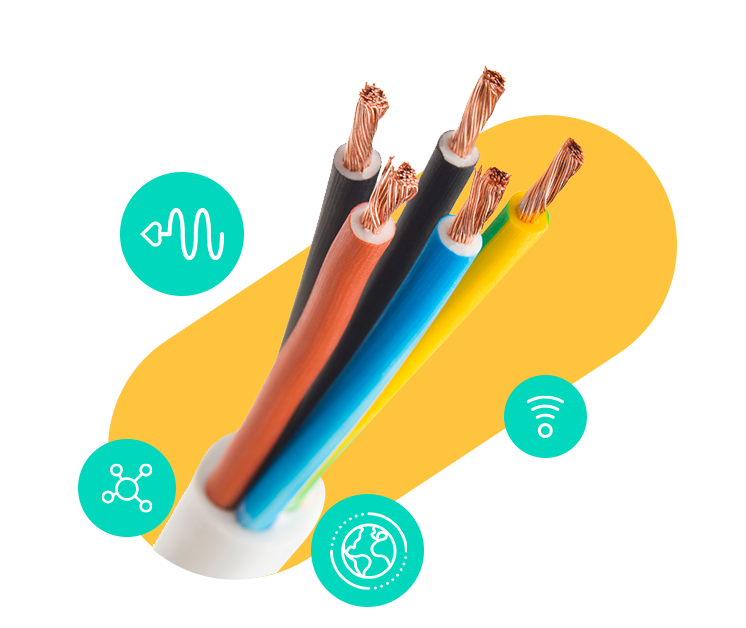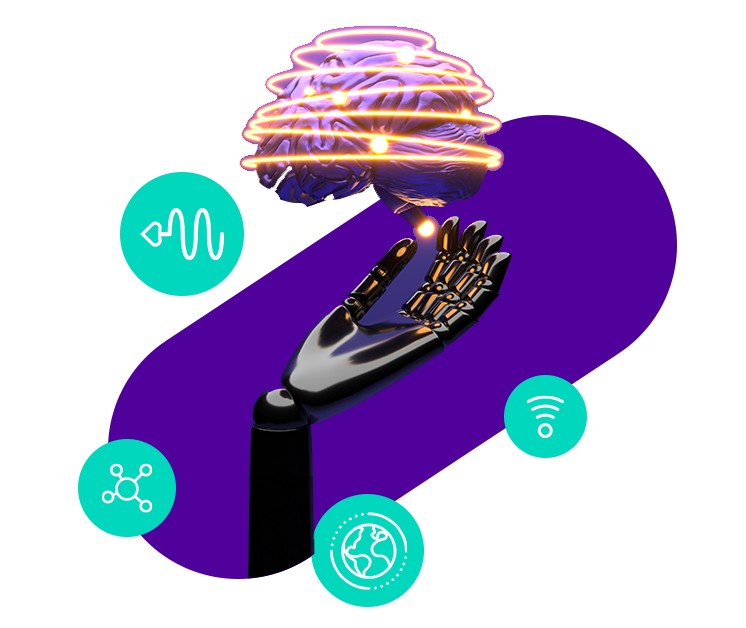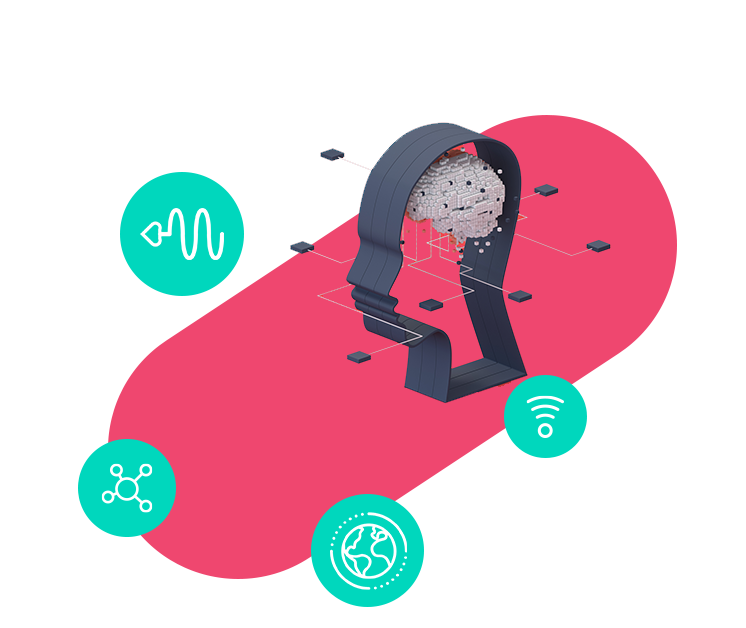Desktop virtualisation may not at first glance seem to have much in common with musical theatre, but lyricist Time Rice memorably captured that reality-facing moment when, tragically, Evita sings, ‘Oh, what I’d give for a hundred years / But the physical interferes’.
Much of modern business design is devoted to disposing of physical constraints. ‘Letting go’ and ‘Managed Exit’ may attempt to soften personal disruptions but other disposals reflect a shift towards delivering better outcomes rather than managing the tangible assets that enable them.
When considering ‘Desktop as a Service’ (DaaS), or the more disruptive ‘Workspace as a Service’ (WaaS), business designers must face a range of critical issues to ensure “the physical doesn’t interfere”:
1)The objective must be clear.
- Will we get closer to the customer?
- Will we provide greater mobility for employees?
- Are we enabling faster responses to events and opportunities?
- or just saving money?
While “all the above” may be the answer – the further questions of “why?” and “how?” should enable you to prioritise and especially enable you to engage the right allies and stakeholders.
2) Consider the impact on customers, employees and management.
- Can customers expect faster and slicker responses
Are you looking to free up field sales people to work closer to customers? Will you be able to support new territories or remote offices?
- Are employees ready for the change?
Employees can gain massive flexibility in personal work-style – both in their locations and choice of devices – but must, at the same time be aware of additional security constraints and responsibilities. Cloud-based systems offer elegant authentication and wide-area encryption solutions but the policies must be clear.
- What are the most important insights gained and how will you use them?
From a management perspective, the insights gained by having central oversight of activities may be less important than reductions in cost-sensitive issues such problem resolution and assured conformance with policies for data protection and service levels.
Skills development should also benefit from greater t awareness of performance variability across the workforce and HR management may find that easier recruitment and retention of talented people can be a major benefit.
3) Plan carefully for the long term.
All these potential gains can only be realised with careful planning. And plans should include everyone. For example, pursuing a flexible workspace rather than a standardized desktop approach will enable you to address the needs of all of your organization including power users, graphics-intensive users, mobile users and remote users – to say nothing of strategic partners and contractors. Your planning does need to rise above short-term tactical manoeuvres and be rooted in a longer-term vision.
Long-term vision alone may not, of course, ensure your organisation’s survival for a hundred years but along the way, talent and creativity can be better focused on serving that higher purpose – if the physical doesn’t interfere. In the new virtual desktop and workspace model, end-users buy outcomes and we do not clutter their lives with expensive devices that will eventually be written off. In the end, it’s the use that matters, not the ownership.
Recent articles
What's your goal today?

1. Connect to the Colt network
Our network directly connects 32,000+ buildings, with millions more through our extensive worldwide partners, powering global businesses with high bandwidth requirements. Find out if you're Colt connected now.

2. Learn more about digital infrastructure
We've worked with experts to build hundreds of guides, whitepapers and blogs across a range of technology & infrastructure topics, as well as videos, webinars & lightning talks. Find out more about them below.

3. Explore our customer success stories
We work with global businesses to deliver world-class connectivity solutions, with a range of available professional & managed services to help you get exactly the right fit for your business. Read more about some of our customers' success stories.

